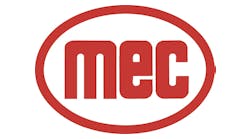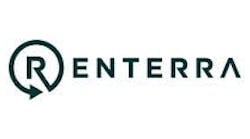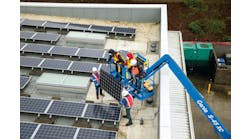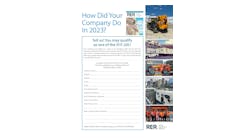United Rentals last week announced financial results for the second quarter of 2009. Total revenue was $615 million, a decrease of 26 percent from $831 million in the second quarter of 2008. Rental revenue in the quarter was down 28 percent to $454 million, compared with $628 million a year ago. Operating income was $5 million for the quarter, compared with $128 million for the same period last year.
On a GAAP basis, the company reported a second-quarter 2009 net loss of $17 million, or $0.28 per diluted share, compared with a net loss available to common stockholders of $202 million, or $2.33 per diluted share, for the same period in 2008. Adjusted EPS, which excludes the impact of special items, was a loss of $0.24 per diluted share, compared with earnings of $0.69 per diluted share for the prior year. Adjusted EBITDA margin, which also excludes the impact of special items, was 24.4 percent for the second quarter, compared with 32.4 percent in 2008. The change in profitability primarily reflects a continued decline in non-residential construction activity and its negative impact on pricing, partially offset by the savings realized from the company’s ongoing cost-cutting measures.
“Our company is bringing discipline to every area of our operations, while expanding the relationships that are vital to our strategic growth, particularly with larger customers,” said Michael Kneeland, United Rentals CEO. “In the second quarter, we continued to proactively manage our capital structure, cash flow and costs to provide us with greater financial flexibility. Based on the success of these initiatives, we are comfortable increasing our full-year estimates for both free cash flow and SG&A expense reduction.”
In the second quarter, the company decreased total debt, including subordinated convertible debentures, by $57 million. It repurchased and retired $328 million aggregate principal amount of outstanding indebtedness and subordinated convertible debentures and recognized gains of $26 million.
Free cash flow in the quarter was $70 million, compared with free cash usage of $26 million for the same period last year. The company expects to generate approximately $325 million of free cash flow for full-year 2009, an increase from its previous estimate of $300 million.
The company sold $271 million of fleet on an original equipment cost basis at an average age of 78 months, primarily in category classes with lagging utilizations.
Cost of equipment rentals in the second quarter, excluding depreciation, decreased by $69 million compared with the second quarter last year. The company expects to reduce its full-year cost of equipment rentals, excluding depreciation, by $190 million to $210 million. In addition, 38 branches were closed or consolidated in the quarter, and headcount was reduced by approximately 800.
Time utilization decreased 2.4 percentage points to 61.3 percent, and rental rates declined 14 percent, compared with the second quarter last year. Dollar utilization, which reflects the impact of both rental rates and time utilization, decreased 12.5 percentage points to 44.9 percent.
“Looking forward, we believe that our operating environment will remain very challenging,” Kneeland said. “Our best estimate at this time is that non-residential construction activity will continue to decline on a year-over-year basis into 2010, although the rate of decline may moderate. Our infrastructure rentals should see the benefit of stimulus funds, while on a macro level we believe that our end markets will stabilize next year and begin a gradual recovery.”
For the first half 2009, the company reported total revenue of $1.21 billion and rental revenue of $902 million, compared with $1.60 billion and $1.21 billion, respectively, for the same period last year. Operating income was $23 million for the first half 2009, compared with $230 million for the same period last year.
On a GAAP basis, the company reported a net loss of $36 million, or $0.60 per diluted share, for the first half 2009, compared with a net loss available to common stockholders of $164 million, or $1.89 per diluted share, for the same period in 2008. Adjusted EPS, which excludes the impact of special items, was a loss of $0.56 per diluted share, compared with earnings of $1.15 per diluted share for the prior year. Adjusted EBITDA margin, which also excludes the impact of special items, was 24.4 percent for the first half 2009, compared with 31.1 percent in 2008.
For the first half 2009, free cash flow was $199 million after total rental and non-rental capital expenditures of $164 million, compared with free cash flow of $117 million after total rental and non-rental capital expenditures of $469 million for the same period last year. The year-over-year improvement in free cash flow was largely the result of a $299 million reduction in rental capital expenditures, partially offset by lower cash generated from operating activities.
The size of the rental fleet, as measured by the original equipment cost, was $3.8 billion and the age of the rental fleet was 40 months at June 30, compared with $4.1 billion and 39 months at Dec. 31, 2008.
Greenwich, Conn.-based United Rentals is No. 1 on the RER 100. It has an integrated network of more than 580 rental locations in 48 states, 10 Canadian provinces and Mexico.





